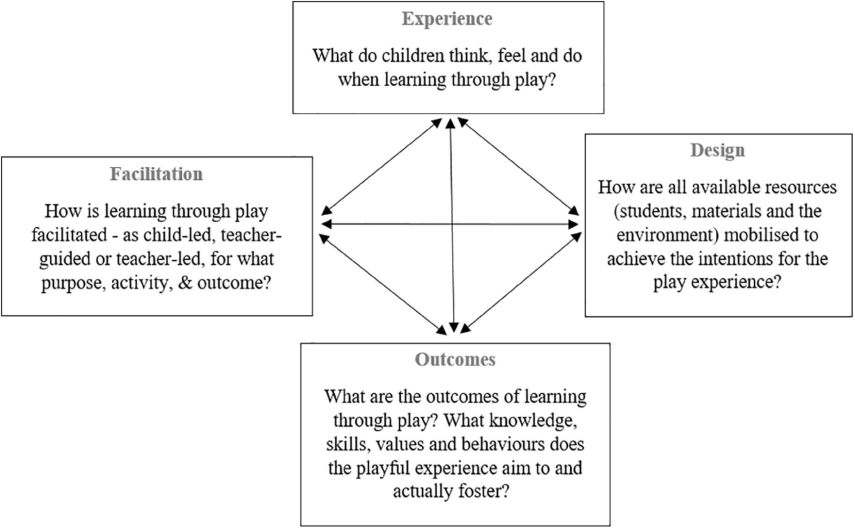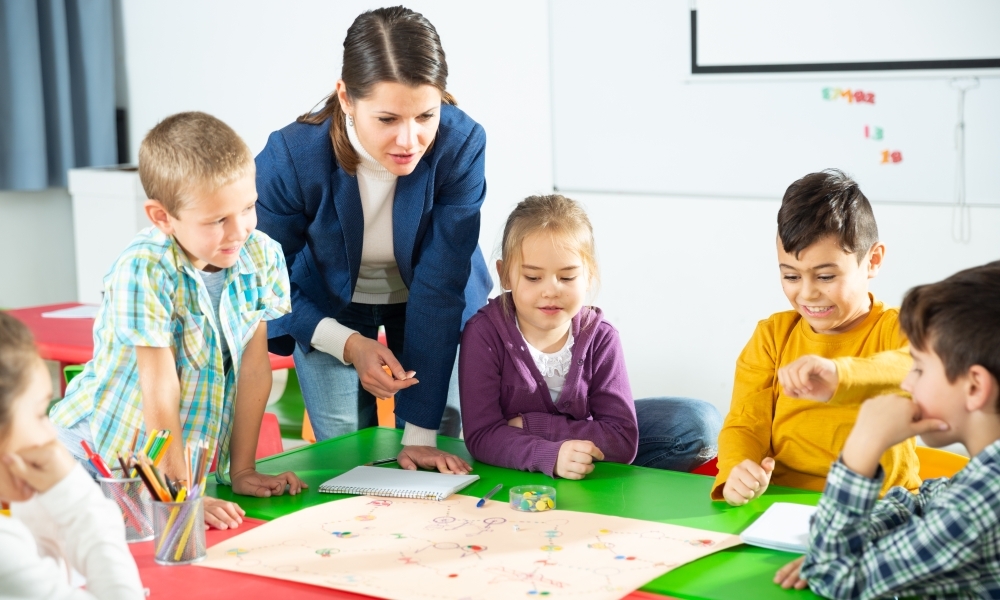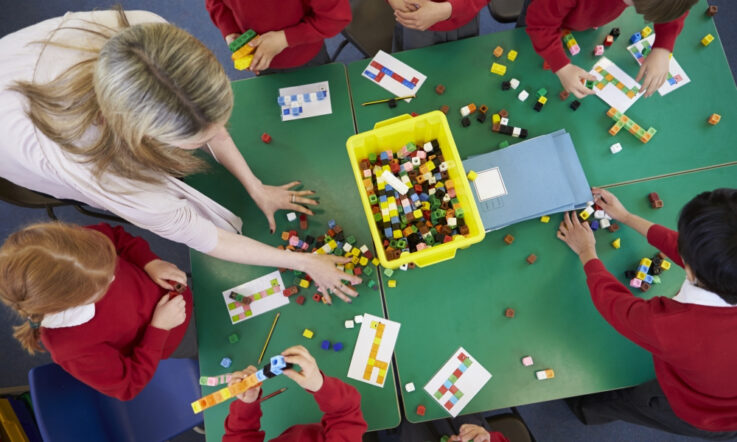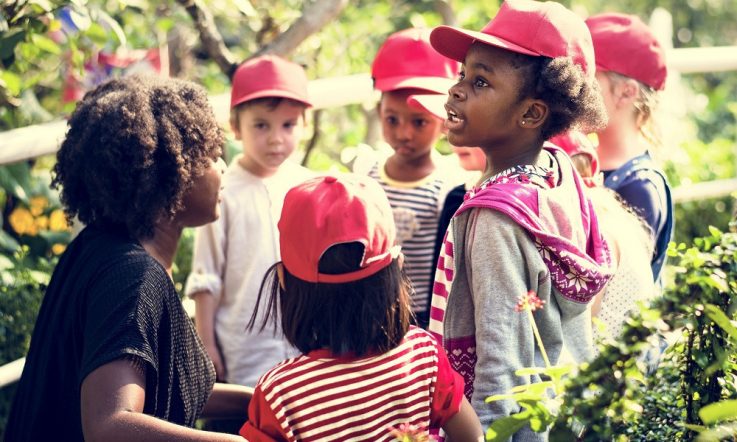A new framework for learning through play has been developed to support teachers in the classroom and help guide policy and practice in the early years of schooling.
The Australian Council for Educational Research (ACER) and the LEGO Foundation have worked together to develop the framework. Senior Research Fellow Rachel Parker and Research Fellow Amy Berry – from ACER’s Education and Development research program – say it has the potential to create a better understanding of learning through play at school and improve the quality of implementation.
Writing in ACER’s Discover, the researchers say learning through play is considered an effective approach in the early years. ‘However, while the early years encompass children up to the age of eight, there is currently no common language for learning through play at school, or way to determine how well it is done. …Without a common language, learning through play at school remains in the “good ideas unrealised” category of education research.’
Parker and Berry explain the framework uses an expanded definition of learning through play that draws on contemporary research. It was developed following a scoping review (Parker & Thomsen, 2019) which looked at the role and impact of learning through play at school.
The four components
The new framework outlines four components for effective implementation:
- Student experience of learning – providing opportunities for joyful, actively engaging, meaningful, iterative and socially interactive learning.
- Learning outcomes – thinking about more than literacy and numeracy skills.
- Facilitation – the best teaching approach for the desired learning outcome.
- Design – how well resources (students, teachers, materials, learning environment) are used to achieve the desired learning experience.

Parker and Berry say, importantly, the framework is school ready. ‘It considers the language of primary school and constraints of school learning, including accountability for skills attainment and curriculum content.’
There are also guiding questions for educators which can be used to identify gaps and opportunities to strengthen playful practices, and form school-based action research projects.
In a previous article for Teacher, Parker, Berry and ACER Research Fellow Kellie Picker discussed some of the characteristics of playful learning at school. They explained the five characteristics are:
- Joy – feelings of curiosity, accomplishment, enthusiasm;
- Iteration – repetition, experimentation, trial and error;
- Meaning – making connections, deep learning, motivation;
- Active engagement – minds on, interested, invested in learning; and,
- Social interaction – communicating, sharing, collaborating.
They also shared examples of classroom practice for two of the characteristics – iteration and social interaction.
To find out more about the learning through play framework read: Strengthening playful practices in the classroom, published in ACER's Discover.
References and related reading
Berry, A., Picker, K., & Parker, R. (2020, May 26). Learning through play – classroom examples. Teacher magazine. https://www.teachermagazine.com/au_en/articles/learning-through-play-classroom-examples
Parker, R. (2021, March 23). Investigating the impact of learning through play at school. ACER Discover. https://www.acer.org/au/discover/article/investigating-the-impact-of-learning-through-play-at-school
Parker, R., & Thomsen, B. (2019). Learning through play at school: A study of playful integrated pedagogies that foster children’s holistic skills development in the primary school classroom. LEGO Foundation. https://research.acer.edu.au/learning_processes/22
Thinking about yourself and your colleagues:
How do you understand playful learning at school, and what playful learning opportunities do you provide in the classroom?
How are you supported to connect related skills and concepts within the curriculum?
Do you use a range of teaching methods when supporting learning through play?
How are you supporting children to access and use a range of resources, both inside and outside the classroom, to learn through play?
To what extent is holistic learning included and connected with the curriculum at your school and in your own classroom?



